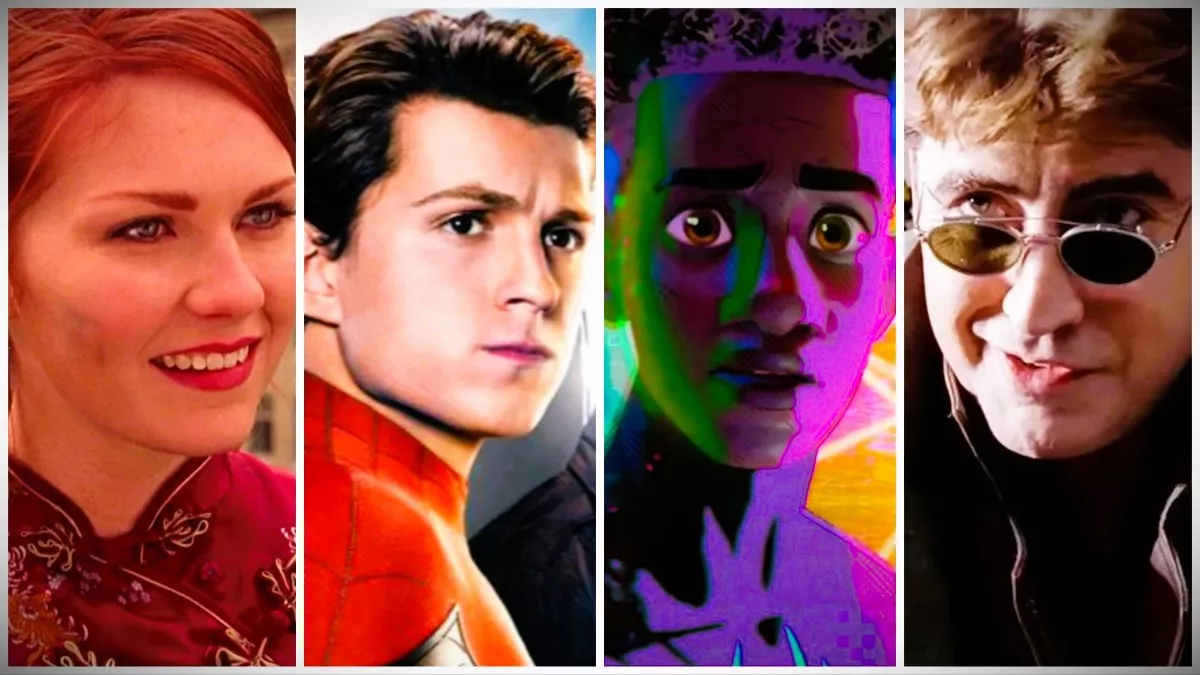It’s undeniable: Spider-Man truly possesses the abilities of a spider. Over the course of 10 films, spanning live-action and animation, Spider-Man (sometimes even she) has skillfully used webs to catch thieves, just like flies. However, not all encounters with villains have been equally compelling on the big screen.
Alongside Batman, Spider-Man, our friendly neighborhood superhero, has arguably enjoyed the most consistent series of Hollywood’s superhero movies. Millions of fans passionately debate whether Tobey Maguire, Tom Holland, or the vibrant animation featuring Miles Morales (voiced by Shameik Moore) portrays the best Spider-Man. There are even supporters of the Andrew Garfield era.
While Spider-Man has been fortunate to star in several good movies, some stand out above the rest, while others fell short of expectations. At Spot.Monster, we’ve collaborated and surveyed our staff to establish the definitive ranking of Spider-Man films, from worst to best.
*Editor’s Note: Although Peter Parker appeared in various Avengers films and Captain America: Civil War, he played a supporting role in all three. Therefore, we have chosen not to include them in the ranking of Spider-Man-led movies.
The Amazing Spider-Man 2 (2014)
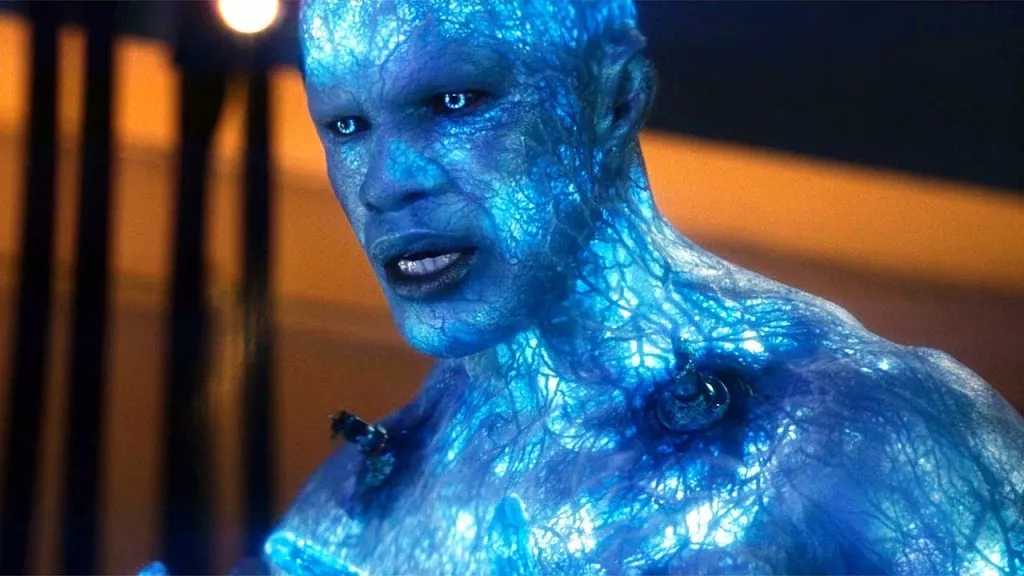
Sony Pictures and producer Avi Arad’s attempt to reboot Spider-Man serves as a cautionary example of how not to construct a cinematic universe. In 2012’s The Amazing Spider-Man, they needlessly retold Peter Parker’s origin story, and its sequel, directed by Marc Webb, desperately tries to squeeze multiple plotlines into its lengthy runtime without giving us a compelling reason to invest.
Consequently, we witness a feeble endeavor to establish multiple villains as a setup for the Sinister Six, convoluted conspiracy theories involving Peter’s parents, the tired trope of “magic blood” favored by inexperienced screenwriters Roberto Orci and Alex Kurtzman, and yet another antagonist driven by a personal grudge against our web-slinging hero—this time, a heavily altered version of Electro portrayed by Jamie Foxx. The result is a chaotic and overstuffed jumble that leads nowhere.
But that’s not all! The film also attempts to incorporate one of Spidey’s most renowned storylines—the death of Gwen Stacy—into this mess, diminishing its emotional impact. Andrew Garfield and Emma Stone display undeniable chemistry as Peter and Gwen, doing their best with the confusing material. However, it’s not until No Way Home that Garfield and Foxx’s underdeveloped Electro receive the closure they deserved. The Amazing Spider-Man 2 comes across as the most soulless and calculated of all Spidey’s live-action adventures, and no amount of reassessment can ever change that.
The Amazing Spider-Man (2012)
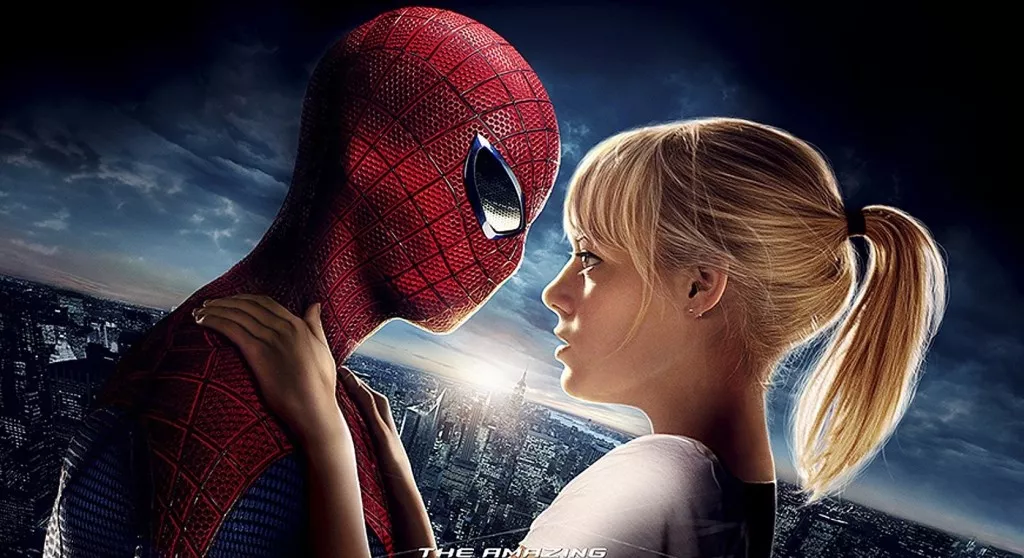
Nearly a decade later, Andrew Garfield found himself self-deprecatingly labeling himself as the “lame” Spider-Man in a movie that ranks lower on this list. However, it didn’t have to be that way. In 2012’s The Amazing Spider-Man, Garfield infused the character with genuine affection and exuded charisma that could rival an impact web blast. Sadly, aside from the moments when Garfield and Emma Stone’s chemistry could ignite, little of that talent or passion translated onto the screen, resulting in a confused and thoroughly disappointing reboot.
The decision to prematurely retell Spider-Man’s origin story merely a decade after Sam Raimi’s near-perfect depiction in 2002 was always peculiar. Sony and director Marc Webb’s attempt to justify this by introducing an unresolved conspiracy theory surrounding Peter’s parents and awkwardly emulating the tone and style of Christopher Nolan’s The Dark Knight films only exacerbated the issue. It should go without saying that Spider-Man is not Batman, and even the film itself recognizes this, as its half-hearted and contradictory approach to a “gritty” aesthetic clashes with the concept of a film centered around a giant Lizard. Moreover, as someone who cherished Lizard comics as a child, the transformation of Doc Connors into one of the worst villains in comic book movie history firmly lands this film at the bottom of the list.
Spider-Man 3 (2007)
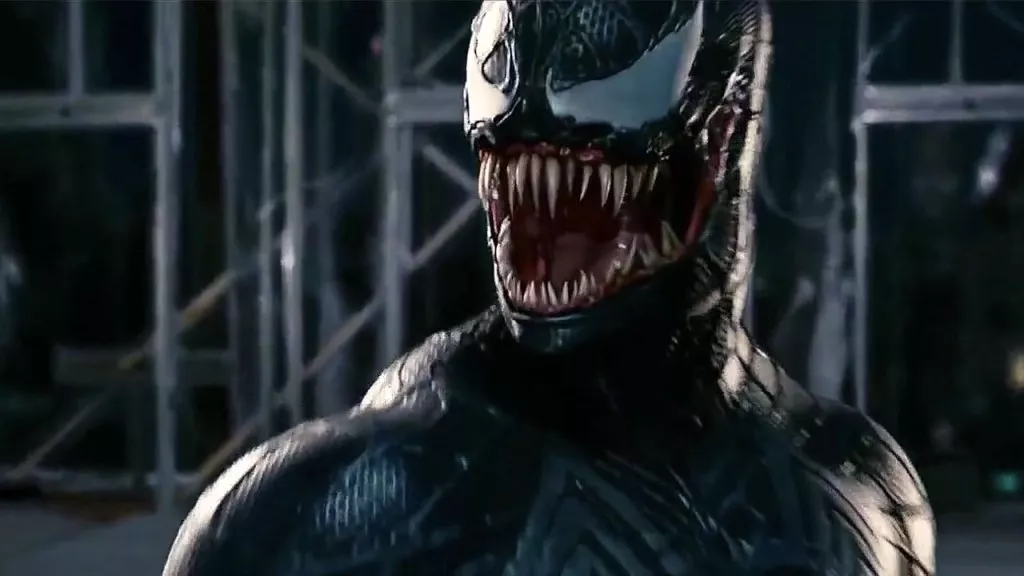
Bully Maguire remains a highlight. He was exceptional in 2007, and his charm endures to this day. Spider-Man 3 undoubtedly falls short compared to its predecessors, as the clash between Sam Raimi and the movie’s producers led to an overcrowded script. However, Raimi’s take on Peter Parker remains compelling, maintaining a strong emotional core even when the story ventures into absurd territory. Relying on Tobey Maguire’s talent for vulnerability, Raimi portrays Peter as a genuinely sincere, lovable dork, even when influenced by the Venom symbiote. Naturally, his “bad-boy” persona exudes an endearingly goofy and desperate sweetness.
In fact, it is this emotional core that carries Spider-Man 3 through its clumsiest moments. While there are missteps, such as the monologue from Harry’s butler, the film boasts twice as many resonant, character-driven scenes. Whether it’s Peter and MJ relaxing in a web or Harry’s final monologue, these moments strike a chord. Even Topher Grace’s prayer as Eddie Brock, pleading with God to kill Peter Parker, carries an undeniable sense of narcissism. However, the true embodiment of sincerity and silliness is found in the Sandman transformation scene—a beautifully crafted sequence depicting Flint Marko overcoming his fragmented state and his sorrow to re-solidify. Simultaneously absurd and heart-wrenching, this scene encapsulates everything magnificent about Raimi’s Spider-Man trilogy.
Spider-Man: Far From Home (2019)
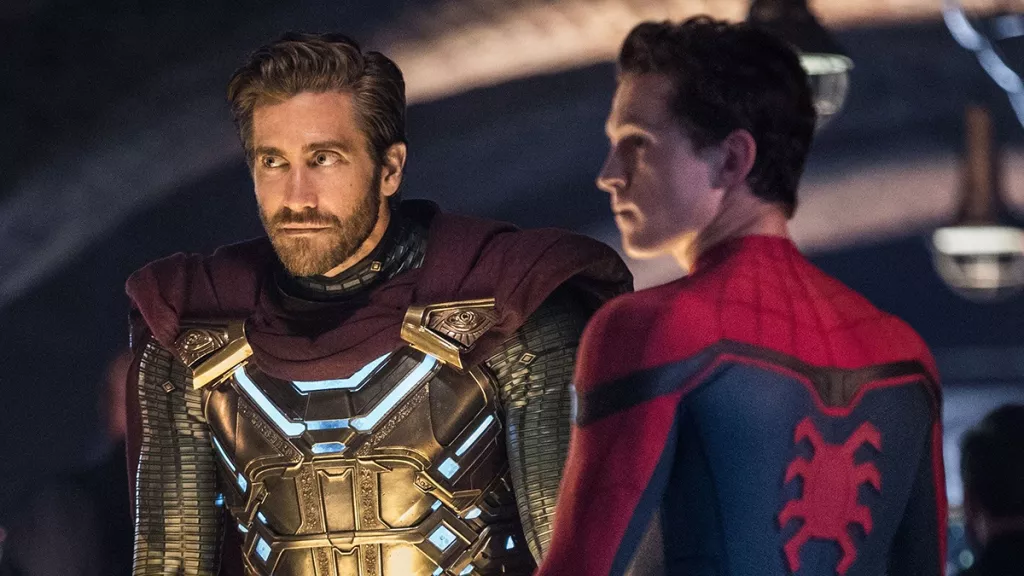
Despite the valid criticisms aimed at the MCU‘s portrayal of Peter Parker, there’s one aspect the trilogy has undoubtedly excelled at: Peter’s high school friends. One of the captivating elements of Spider-Man comics, crafted by the likes of Steve Ditko, Gerry Conway, and John Romita Sr., is the rich supporting cast comprising love interests, bullies, and best buddies. Spider-Man: Far From Home deviates slightly from the comics canon by replacing Peter’s high school crush and making Ned Leeds his best friend instead of Harry Osborn. Nevertheless, it successfully captures the breezy vibes and melodrama of high school life.
The high school focus is particularly effective within the context of the MCU timeline. Coming right after the cosmic stakes of Avengers: Infinity War and Avengers: Endgame, Far From Home promptly deflates the grandeur of those films. It does so with a cheesy tribute, complete with Getty Images, and a lighthearted exploration of the aftermath of the Blip. Even the clash between Peter and Mysterio (portrayed impeccably by Jake Gyllenhaal) over Iron Man’s legacy dismantles the hagiography built around the previous films. A close call involving a drone strike on a school bus serves as a reminder that Tony Stark was, at the end of the day, an arms dealer. Somehow, despite its European setting and interconnected plot, Spider-Man: No Way Home manages to retain a small-scale, friendly neighborhood feel that remains relatable throughout.
Spider-Man: No Way Home (2021)
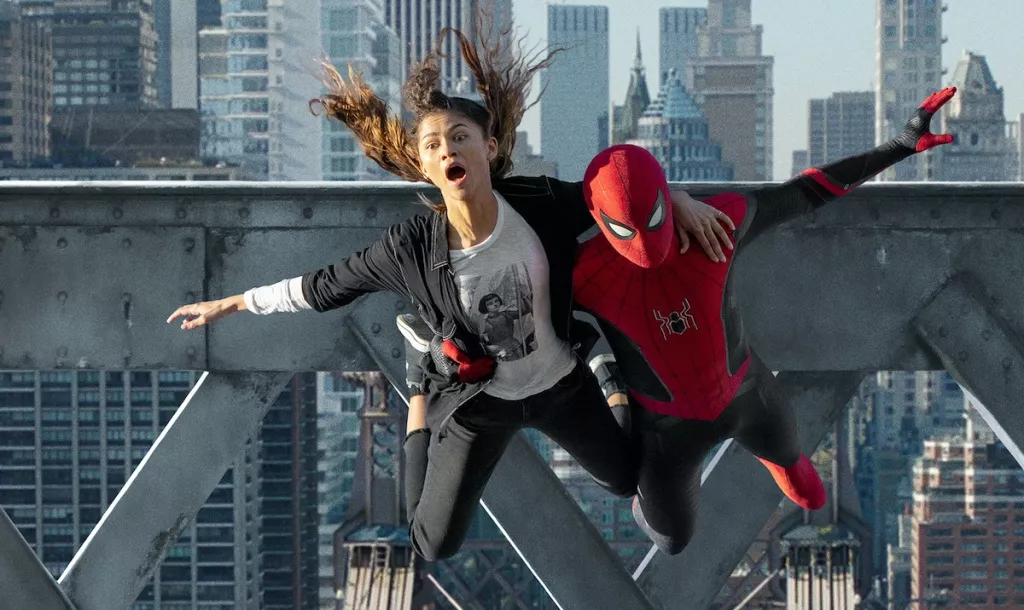
The predicament faced by Peter Parker (Tom Holland) in Spider-Man: No Way Home is reminiscent of a classic Spider-Man comic book conundrum. Peter must choose the right path, even if it’s not the easiest, but his decisions have far-reaching consequences for him and his loved ones, pushing the teenager to his limits like never before. Despite his experiences and achievements at such a young age, he’s still just a kid, as noted by his friend Doctor Strange. His choices can be impulsive and flawed, but in his case, they can lead to terrible outcomes.
Spider-Man: No Way Home takes some time to delve into the heart of the matter, and the first half of the film takes a few awkward plot turns to reach that point. However, once director Jon Watts, at the helm of his third Spider-Man film, reaches the core of Spider-Man’s conflict and raises both the stakes and emotional impact, No Way Home becomes something of an epic.
As we now know, No Way Home is filled with fan service, thanks to the inclusion of not only five villains from other franchise iterations but also a couple of alternate Spider-Men. While both Marvel and DC have faced challenges with the concept of the multiverse in recent years, No Way Home manages to make it work. At the center of it all is Tom Holland, who takes Peter to new extremes, and the climactic battle delivers unexpected emotional moments not only for him but also for the versions of the character portrayed by Tobey Maguire and Andrew Garfield. Bringing together three different universes and providing them with closure is undoubtedly a daunting task for a single movie, but incredibly, this film manages to achieve it.
Spider-Man: Homecoming (2017)
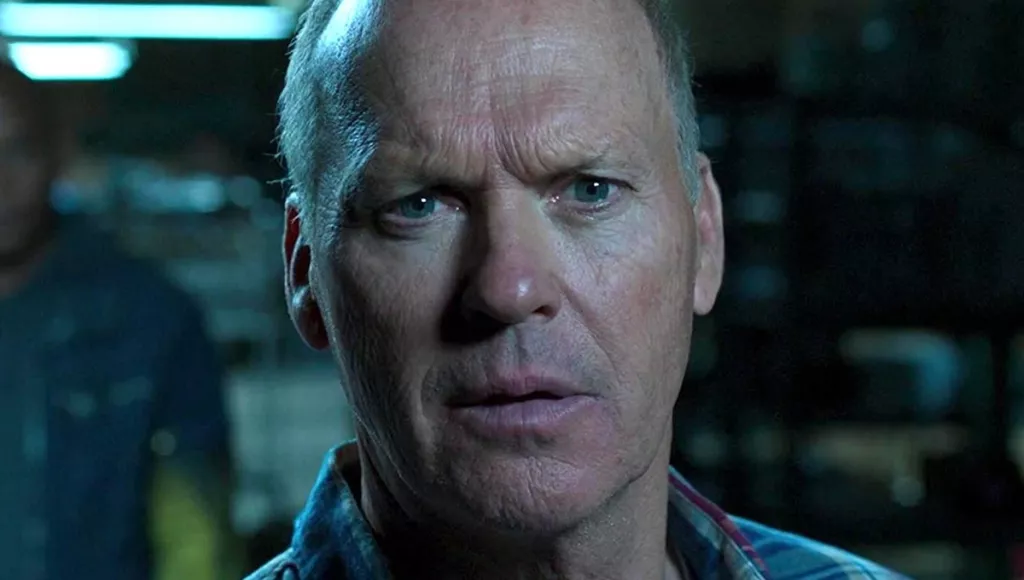
Let’s momentarily set aside Spider-Man’s journey in the Marvel Cinematic Universe that eventually involves facing universal and multiversal threats. In his second appearance (following Captain America: Civil War) and his first standalone film, Tom Holland’s portrayal of Peter Parker is arguably the closest we’ll ever get to the ideal friendly neighborhood Spider-Man in live-action. Jon Watts’ Spider-Man: Homecoming grasps something crucial about the character that many other iterations often overlook—he’s just a regular guy.
Yes, Peter Parker possesses extraordinary superhuman abilities and carries immense responsibilities. However, at the core of it all, he’s also a teenager attempting to impress his crush and secure a spot in the right college. This aspect is brilliantly captured in Homecoming. With Holland’s perpetually boyish face, this rendition of Peter Parker is irresistibly charming and relatable. The same can be said for Zendaya’s Mary Jane, Jacob Batalon’s Ned, and the entire class of characters surrounding Peter. While an obligatory Iron Man storyline keeps Spider-Man: Homecoming rooted in the MCU’s mythology, it also allows this beloved character to feel remarkably fresh once again.
Spider-Man (2002)
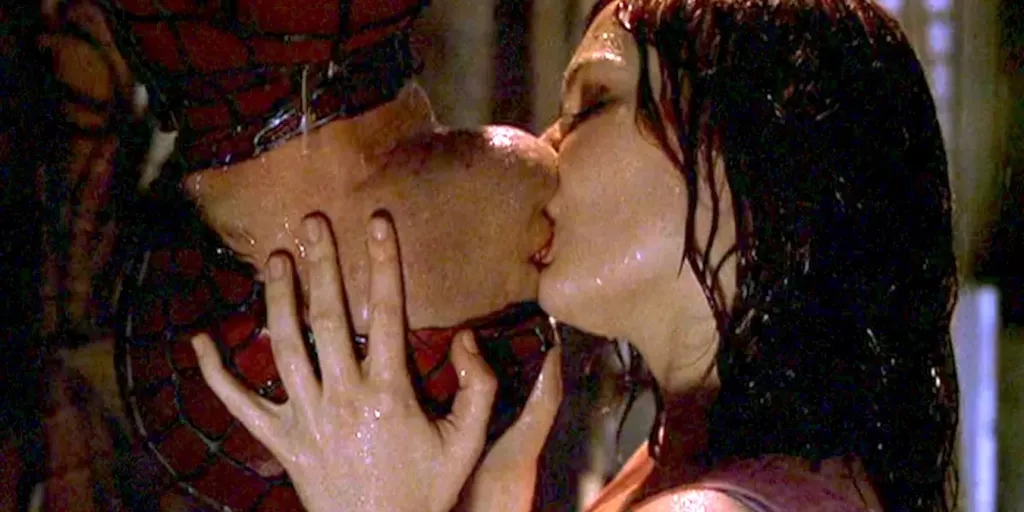
For years, countless attempts were made to bring Marvel’s most iconic hero to the silver screen. The rights shifted from one company to another, entangled in legal battles, bankruptcies, and intricate business dealings that even Spider-Man himself couldn’t untangle. At one point, even James Cameron was set to take on the task. However, when the lawsuits were settled and the dust settled, the person who was perhaps best suited for the job emerged: Sam Raimi.
And, for the most part, Sam delivered a resounding success. Spider-Man not only joined forces with Fox’s X-Men films to demonstrate the viability of Marvel Comics heroes on the big screen—paving the way for the Marvel Cinematic Universe a mere six years later—but the movie itself was a delight. It celebrated this beloved, endlessly relatable character and paid homage to the comic book pages from which he originated. Granted, Tobey Maguire may have been a bit older than expected, and debates still persist over organic web shooters and the Green Goblin’s costume. Nevertheless, the film was and continues to be an absolute blast.
Remaining faithful to Spidey’s origins and conflicts in the comics, utilizing state-of-the-art visual effects to finally depict our hero swinging on his webs above the streets of New York City, and boasting an impeccable cast (J.K. Simmons as J. Jonah Jameson remains unrivaled), Spider-Man served as Sam Raimi’s affectionate love letter to both the enchantment of comic books and the inherently human nature of this superhero.
Spider-Man: Into the Spider-Verse (2018)
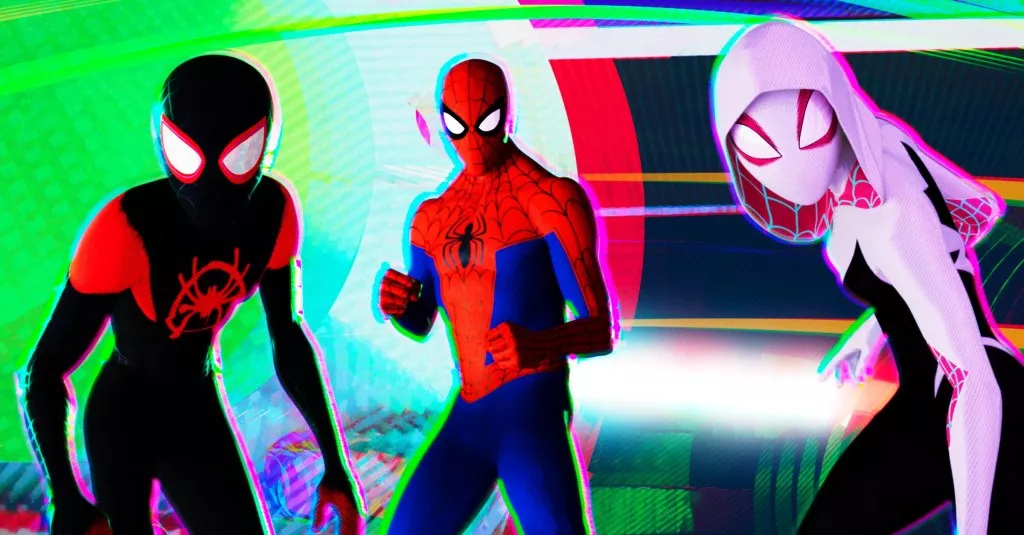
Spider-Man: Into the Spider-Verse possesses a distinct competitive advantage over other superhero films, evident in every frame it presents. Sony’s 2018 animated venture into the Spider-Verse is simply stunning. Directed by Bob Persichetti, Peter Ramsey, and Rodney Rothman, and produced by acclaimed animators Christopher Miller and Phil Lord, Into the Spider-Verse resembles the most breathtaking splash page from a comic book, meticulously brought to life for a captivating 117 minutes. And that’s merely the beginning, before delving into the enthralling multiverse aspect that introduces beloved Spidey characters like Gwen Stacy, Peter B. Parker, Spider-Man Noir, and even Spider-Ham.
However, the movie’s extraordinary visual creativity and mastery of Easter eggs only scratch the surface of its brilliance. At its core lies one of the most poignant coming-of-age stories within the Spider-Man saga. Miles Morales (voiced by Shameik Moore) serves as the pulsating heart of Into the Spider-Verse and its upcoming sequels. What might appear tired and predictable at this stage (oh, another radioactive spider bite?) instead feels like an entirely fresh encounter with the Spider-Man mythos. Miles emerges as a relatable, fully realized young man, and when the moment arrives for him to embrace the arachnid mantle thrust upon him by destiny, it will send shivers down your entire body.
Spider-Man 2 (2004)
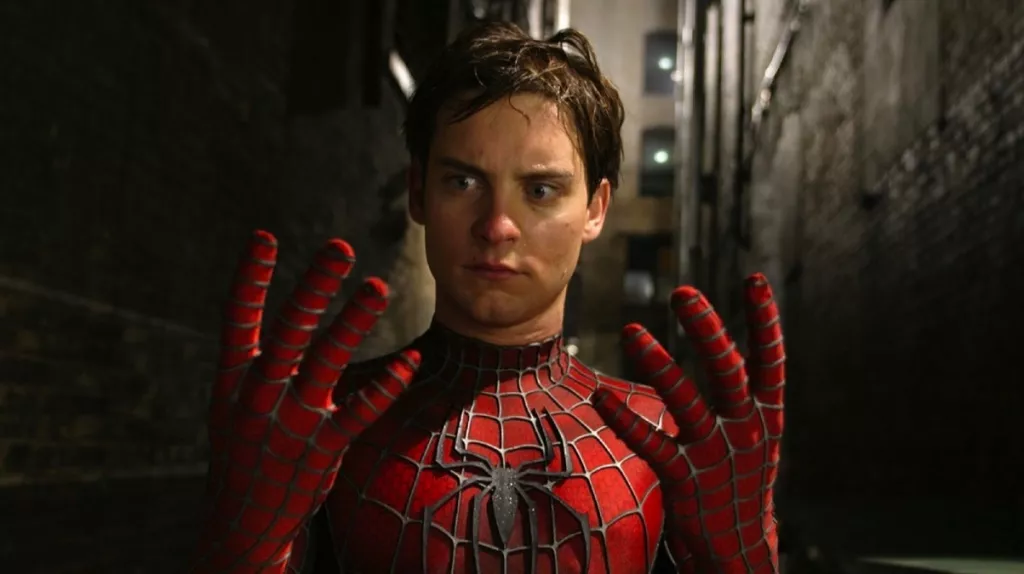
Spider-Man 2 embodies the platonic ideal of a Spider-Man movie. It wasn’t until Across the Spider-Verse that another Spidey film truly delved into the reasons behind the character’s enduring popularity in comics: his relatability as a young man dealing with typical young people problems. The film masterfully captures the essence of this teenage soap opera, where the occasional death-defying battles with supervillains interrupt the everyday drama. Spider-Man 2, with its simplicity, perhaps captures this essence best.
Director Sam Raimi, enjoying greater creative control in his second installment, takes the time to explore the irony of Peter Parker’s life as a superhero that often brings him misery. Raimi understands the bittersweet sense of sacrifice and nobility in this, but also recognizes its potential for quirky entertainment. Tobey Maguire’s Peter evolves into a genuine neurotic New Yorker, whose ennui prevents him from sticking to walls unless he’s indulging in a free slice of cake.
Centered around Peter’s ongoing anxiety and the complex and intriguing relationship with MJ (played by Kirsten Dunst), the film carries significant dramatic weight that amplifies the exhilaration of the battles against the superbly portrayed Doctor Octopus (Alfred Molina). While special effects have undoubtedly improved in the nearly 20 years since Spider-Man 2, no live-action Spider-Man scene has matched the visceral thrill of Raimi’s mad visual alchemy when Spidey and Doc Ock clashed atop a runaway train.
Spider-Man: Across the Spider-Verse (2023)
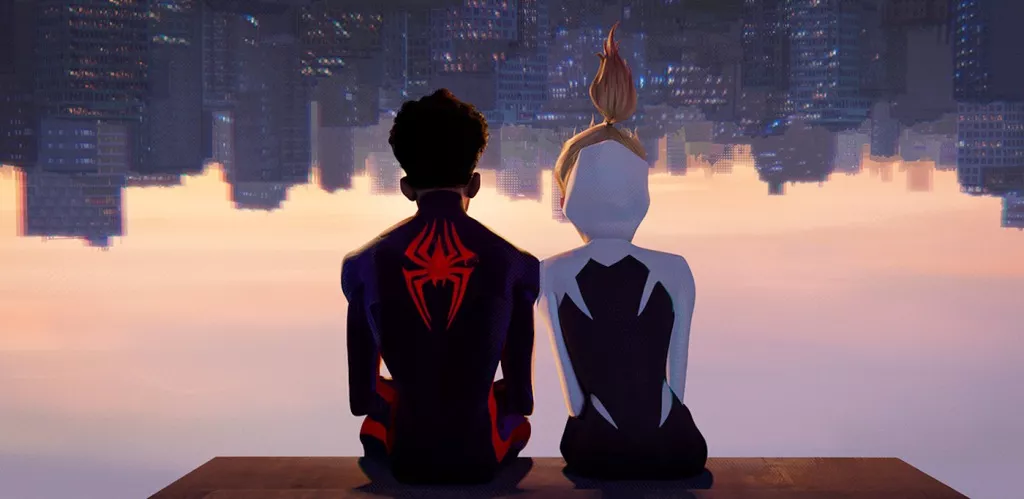
When it comes to superhero sequels, we often temper our expectations, fearing they might not live up to their predecessors. Spider-Man: Across the Spider-Verse faced the challenge of surpassing the exceptional 2018 film, Spider-Man: Into the Spider-Verse. It needed to exceed expectations, and it did so brilliantly.
While Across the Spider-Verse is filled with easter eggs, nostalgia, and mind-bending multiverse twists, its true brilliance lies beyond these elements. The filmmakers understood that a movie packed with multiverse chaos and easter eggs alone wouldn’t make it a masterpiece. They knew that genuine care for the characters was paramount. Consequently, the sequel takes quality time to explore the lives of Miles and his family, and Gwen Stacy and her father. This dedication comes at the “cost” of adding a third film to the franchise and possibly upsetting fans expecting a conclusive ending. It’s a cliffhanger reminiscent of The Empire Strikes Back.
But how could anyone be angry after experiencing Across the Spider-Verse? It’s an astonishing visual achievement, with groundbreaking animation and a perfect voice cast. It assembles a dream team of Spider-Men, expanding on the unique Spider-People introduced in the first movie while boldly introducing characters like Spider-Man 2099, Spider-Punk, and Spider-Man: India. This film sets a high bar that will be challenging to surpass. Although, it’s worth noting we’ve said that before…
